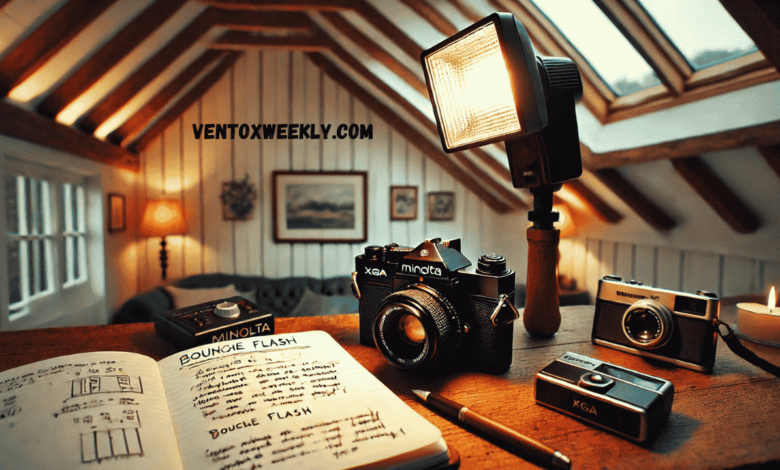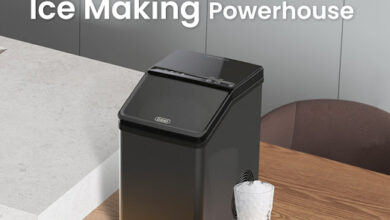How to Sue Flash in Minolta XGA: A Detailed Guide for Amateur Photographers

If you’re the proud owner of a Minolta XGA, you know it’s a reliable camera that’s stood the test of time. When paired with a flash, it can take your photography to new levels, especially in low-light situations. Here’s a comprehensive guide on effectively using Flash with your Minolta XGA, ensuring every shot is perfectly illuminated.
Understanding Your Minolta XGA
Before discussing flash usage, it’s crucial to understand your Minolta XGA. This camera is a classic 35mm SLR renowned for its durability and ease of use. However, it lacks modern features like TTL (Through-The-Lens) metering for Flash, so you must manually manage Flash settings.
Choosing the Right Flash
Your first step is to choose a compatible flash unit. A dedicated Minolta flash, such as the Minolta Auto 320X or Minolta Auto 200X, would be perfect because they are designed to synchronize with older Minolta cameras, automatically providing optimal exposure settings.
Suppose you don’t have access to a dedicated Minolta flash. In that case, third-party flash units can work as long as they include manual control settings and are compatible with the camera’s voltage to prevent damage.
Setting Up Your Camera
- Mount the Flash: Attach the Flash to the hot shoe of the Minolta XGA or connect it via the sync port if you are using it off-camera. Ensure it is securely in place.
- Switch to Manual Mode: To get the best results with a flash, set your Minolta XGA to manual mode. This will allow you to control the shutter speed and the aperture manually.
- Adjust Shutter Speed: Set the shutter speed to 1/60th of a second. This speed is slow enough to synchronize with the Flash and fast enough to avoid camera shake.
- Set the Aperture: The aperture will control how much light hits the film when you fire the Flash. Start with an aperture like f/8 and take a test photo to determine the exposure. Adjust as necessary depending on whether your image is too bright or dark.
Flash Photography Techniques
- Bounce Light: Instead of aiming the light straight at your subject, angle it towards a ceiling or wall. This technique helps to soften the light and reduce harsh shadows, creating a more flattering light for portraits.
- Diffused Flash: A diffuser can be used over the Flash to spread the light evenly. This is especially beneficial in small places where bounce flash isn’t an option.
- Balancing Flash with Ambient Light: In settings with ambient light, adjust the power of your Flash to avoid overpowering the natural light. This can help maintain a natural look in your photographs.
Troubleshooting Common Flash Issues
- If the Flash is Not Firing, Check the connections between the camera and the Flash. Ensure that the flash batteries are fully charged and that the Flash is correctly attached to the camera’s hot shoe.
- Overexposed Images: If your images are too bright, reduce the flash power or increase the camera’s aperture value (e.g., from f/4 to f/8) to let in less light.
- Underexposed Images: If your photos are too dark, lower the aperture value (e.g., from f/8 to f/4) to let in more light, or increase the flash power if your Flash has adjustable settings.
Advanced Flash Techniques
As you become more comfortable with basic flash settings, you can experiment with advanced techniques such as:
- Rear-Curtain Sync: This setting makes the flash fire at the end of the exposure, capturing both the movement and the stillness in subjects such as moving cars or dancing people.
- With Many Flashes: For more complicated lighting arrangements, using more than one Flash can help illuminate different scene parts, adding depth and dimension to your photographs.
Final Thoughts
Mastering flash photography with your Minolta XGA can open up a new world of shooting opportunities, particularly in challenging lighting conditions. Practice regularly, and don’t be afraid to experiment with various settings and strategies to see what works best for your photographic style. Remember, every mistake is a learning opportunity to refine your skills in flash photography.
FAQs on How to Sue Flash in Minolta XGA
What types of flash units are compatible with the Minolta XGA?
The Minolta XGA can work with dedicated Minolta flash units like the Minolta Auto 320X and Minolta Auto 200X, specifically designed for older Minolta cameras. Compatible third-party flash units with manual control and safe trigger voltages to protect the camera’s circuitry can also be used.
How do I attach a flash to the Minolta XGA?
You can attach a flash to the Minolta XGA by sliding it into the hot shoe on top of the camera and ensuring it clicks into place securely. If you use an off-camera flash, you might need a PC sync cable or a wireless trigger.
What manual settings should I use for flash photography with the Minolta XGA?
Set your camera to manual mode. Use a shutter speed of 1/60th a second to synchronize with the Flash. Adjust the aperture based on the lighting condition and desired depth of field, starting at around f/8 and adjusting as needed for proper exposure.
What is bounce flash, and how do I use it with the Minolta XGA?
Bounce flash involves pointing the flash unit towards a reflective surface like a ceiling or wall rather than directly at the subject. This technique helps to soften the light, reducing harsh shadows and creating more flattering illumination. Ensure your flash unit is angled correctly and the surface you bounce off is neutral-coloured to avoid colour casts.
Can I use the Flash for outdoor photography with the Minolta XGA?
A flash outdoors can help fill in shadows and balance the exposure, especially in bright sunlight or when the background is much more colourful than the subject. Adjust the flash power to ensure it complements rather than overwhelms the natural light.




